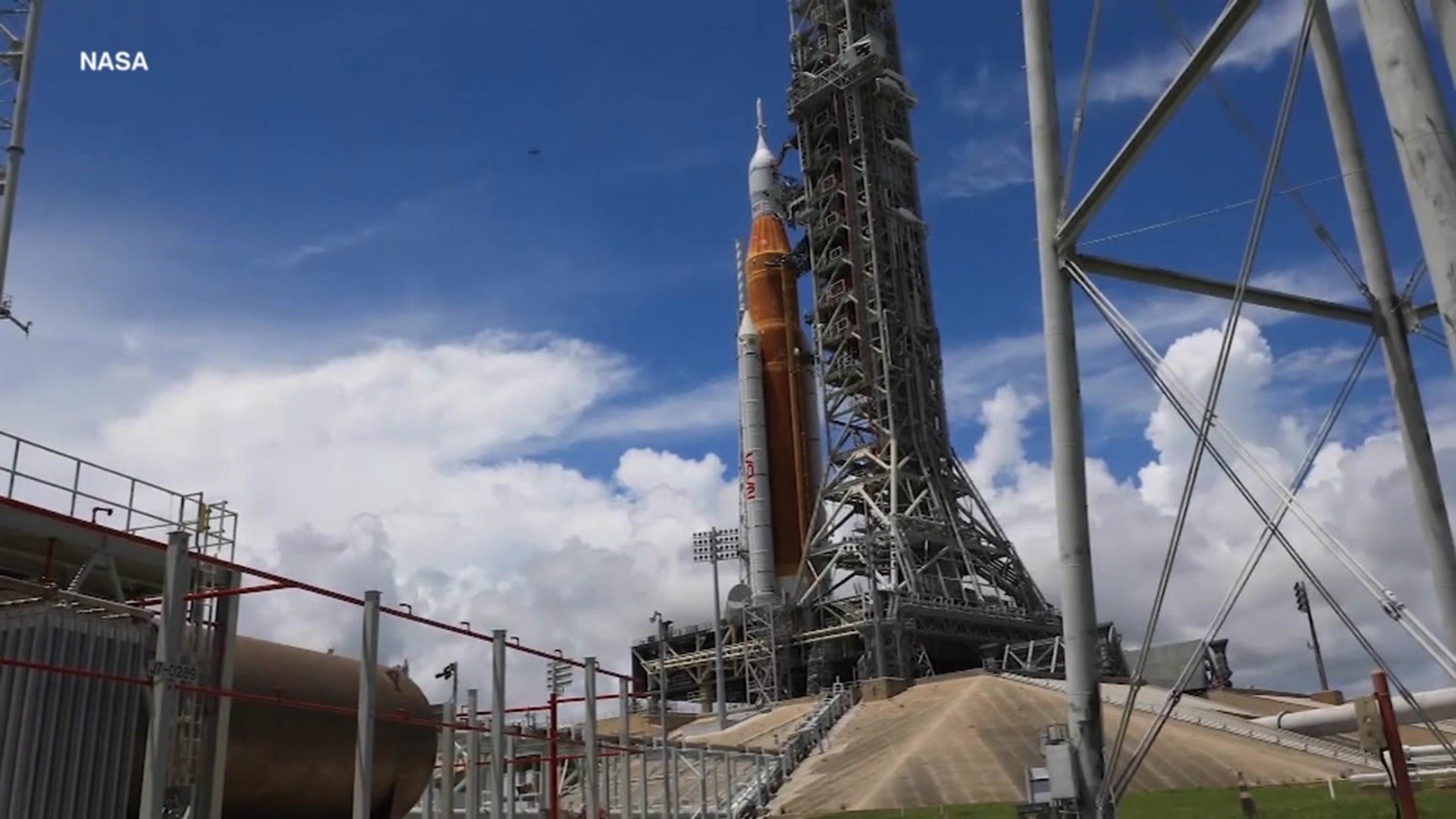PENNSYLVANIA, USA — For the first time since the Apollo missions of the 1960s and 1970s, NASA is taking aim at putting man back on the moon.
"We were there in the 70s, and in many ways, we never left. Yes, we haven't had footsteps on the moon since those years ago, but the Artemis mission is the extension of the Apollo missions," said NASA engineer Chandler Scheuerman.
Scheuerman works on the rocket for the space launch system for NASA's Artemis mission.
"(It's) the backbone of the propulsion system that enables the astronauts to escape earth's gravity."
The space launch system built for the Orion space capsule is the largest ever built.
"(It has) 15 percent more thrust capability than the Apollo rocket at liftoff, 322 feet tall, it is a massive rocket and a feat of engineering."
While this first Artemis mission is unmanned, future missions will be. One of the goals of the Artemis mission is to create a base camp on the south pole of the moon. The largest rocket ever built will help carry heavier payloads to the moon with the materials necessary to do that.
"As well as establishing the lunar gateway which is a mobile launch platform that will enable future deep space exploration."
But even this first mission will be a giant leap for mankind.
"We'll travel almost 240,000 miles from the surface of the earth, extend the orbit another 40,000 miles beyond that at one point during the mission profile, which is the farthest that any human-rated space flight capsule has ever gone in NASA's history," Scheuerman said.
After collecting a variety of data over about 40 days in space, the unmanned Orion space capsule will splash down 60 miles off the coast of California in early October.
See past Skywatch 16 segments on YouTube:

